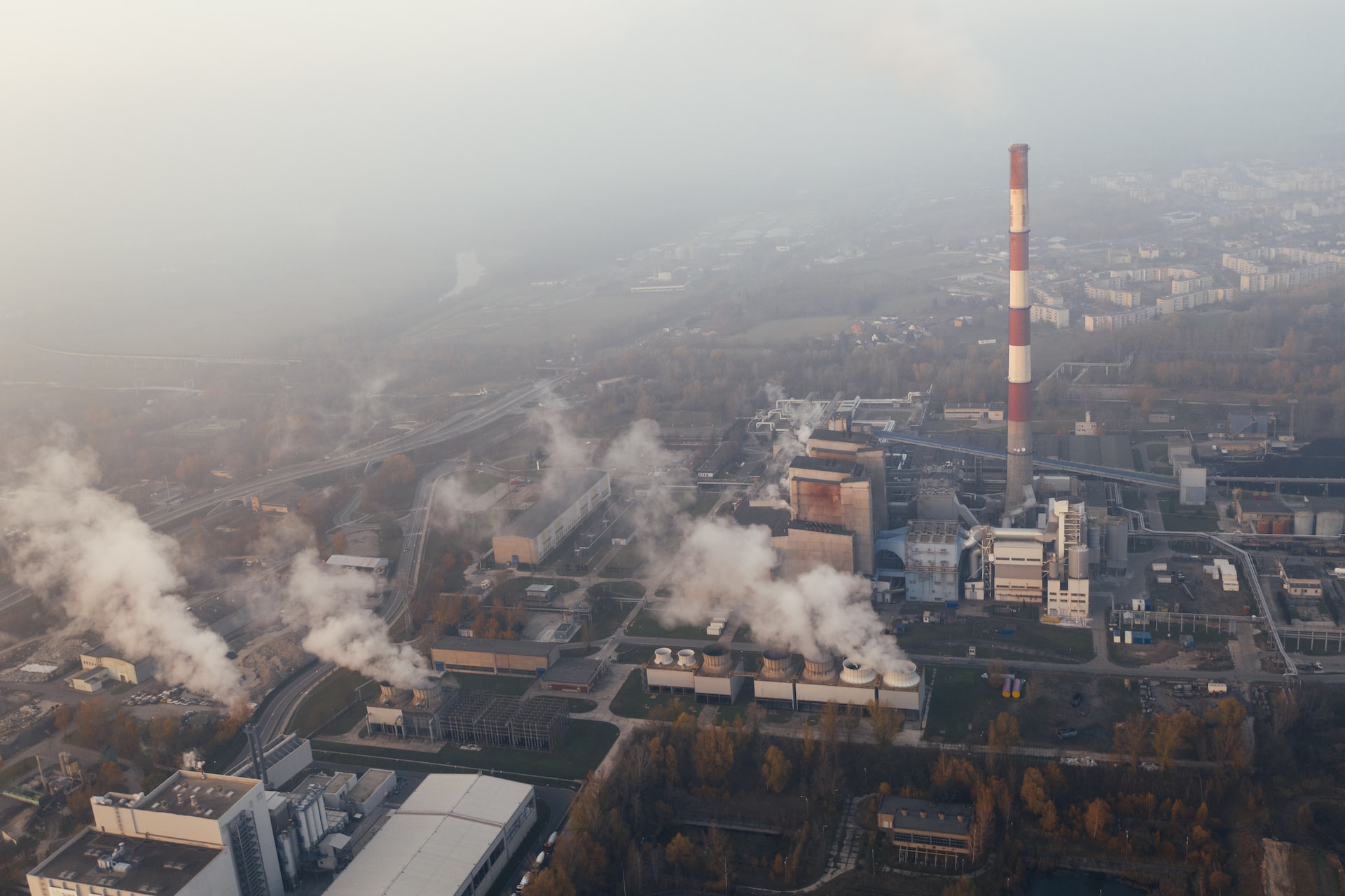Why do fossil fuel companies see green in Bitcoin mining projects?
The movement of goods and resources across the supply chain is governed by the principle that energy should be used where it’s generated. The more hydrocarbons in a product, the less energy it will require. Using more sustainable and renewable resources like wind or solar power to produce other products makes them increasingly competitive with fossil fuels. In addition, if you are going to invest in crypto, you must know about BTC Prices and Oil Trading.
With this in mind, Blockchain technology is a potential way to keep an ongoing list of suppliers and users involved in all these transactions. One company that has already started trading on this idea is Cooper Energy Resources. This U.S.-based oil and gas company has moved into Bitcoin mining through its venture arm, Coopera Mining LLC.
According to the company’s CEO, Michael De Roode, Cooper is looking to build a portfolio of assets in the energy and cryptocurrency sectors. Since Bitcoin mining uses a lot of electricity and electrical infrastructure is already in place at these locations, it’s an opportunity for the company to get exposure to the cryptocurrency business.
Other companies, such as Fuel Coin and Bit Eco, use clean energy from solar panels or wind turbines to power their Bitcoin mining operations. In addition, companies like genesis power their Bitcoin farms with 100% renewable energy from recycled waste products. It seems that the profit motive is pushing for more renewable energy on the grid, which could help Bitcoin become a truly decentralized currency that can be mined by miners anywhere.
A persistent gas problem:
Bitcoin mining uses the SHA-256 algorithm, a reasonably complex process. In addition, a modern GPU (graphics processing unit) is needed to complete the task of generating valid blocks for Bitcoin; this requires a lot of graphical power, which can be from both application-specific integrated circuits and a dedicated Graphic processing unit. Usually, ASICs are a better option, for instance, to mine bitcoins.
Several companies are looking at ways to improve this problem by developing new technologies such as renewable energy products. Bitcoin is the number one digital currency, but several other cryptocurrencies are also out there. Current prices for renewable energy products depend on location and demand. Countless gas producers out there saw an opportunity in mining the digital currency now that it was worth a lot of money.
They’ve begun investing in their mining operations, while some companies have begun buying up existing Bitcoin companies at low prices. Many of these deals appear to be motivated by the potential of Bitcoin and cryptocurrencies rather than any genuine interest in the underlying technology. The renewable energy market is vast, so it’s no surprise that all kinds of companies are now involved.
More than $1 billion in natural gas goes up in smoke every year in the US through flaring:
The biggest problem for the natural gas industry is that many companies are trying to eliminate their excess gas. It is usually possible through flaring, a process where the gas is burned off in an open area rather than sold or used. So far, around $1 billion worth of flaring has taken place in the United States every year.
The main reason so much gas is being flared off is that there’s no way to get it from point A to point B without paying hefty transportation costs.
Why use more energy transporting it when you can flare it and be done with it?
Pricing this gas out of the market is one of the main goals for companies like Moneta Go, which recently purchased a gas flaring company called Gaslamp Energy. The company also has a stake in Moneta’s project to find new ways to burn natural gas profitably.
Bitcoin itself can be bought and sold on several exchanges with regular fiat currencies, so it’s not hard to see why there are companies who want a piece of the pie. But before we tell you who they are, let’s look at some of the technological advancements that have come up as part of Bitcoin mining over time:
Over time, there have been several incompatibilities between versions of Bitcoin software and hardware and its predecessors. In the past, Bitcoin mining required GPUs that were not only powerful but also compatible with the latest version of the software. In 2016, however, ASICs (application-specific integrated circuits) took over.
ASICs are much more efficient and can simultaneously perform a broader range of SHA256 calculations than GPUs or FPGAs (field programmable gate arrays). It means that many fewer are needed to get the job done. For apparent reasons, the energy-efficiency issue has always been a problem for Bitcoin miners. So there’s no wonder why Bitcoin miners like Bitmain Technologies and Canaan Creative have entered the renewable energy market to start buying wind power and solar panels directly.

